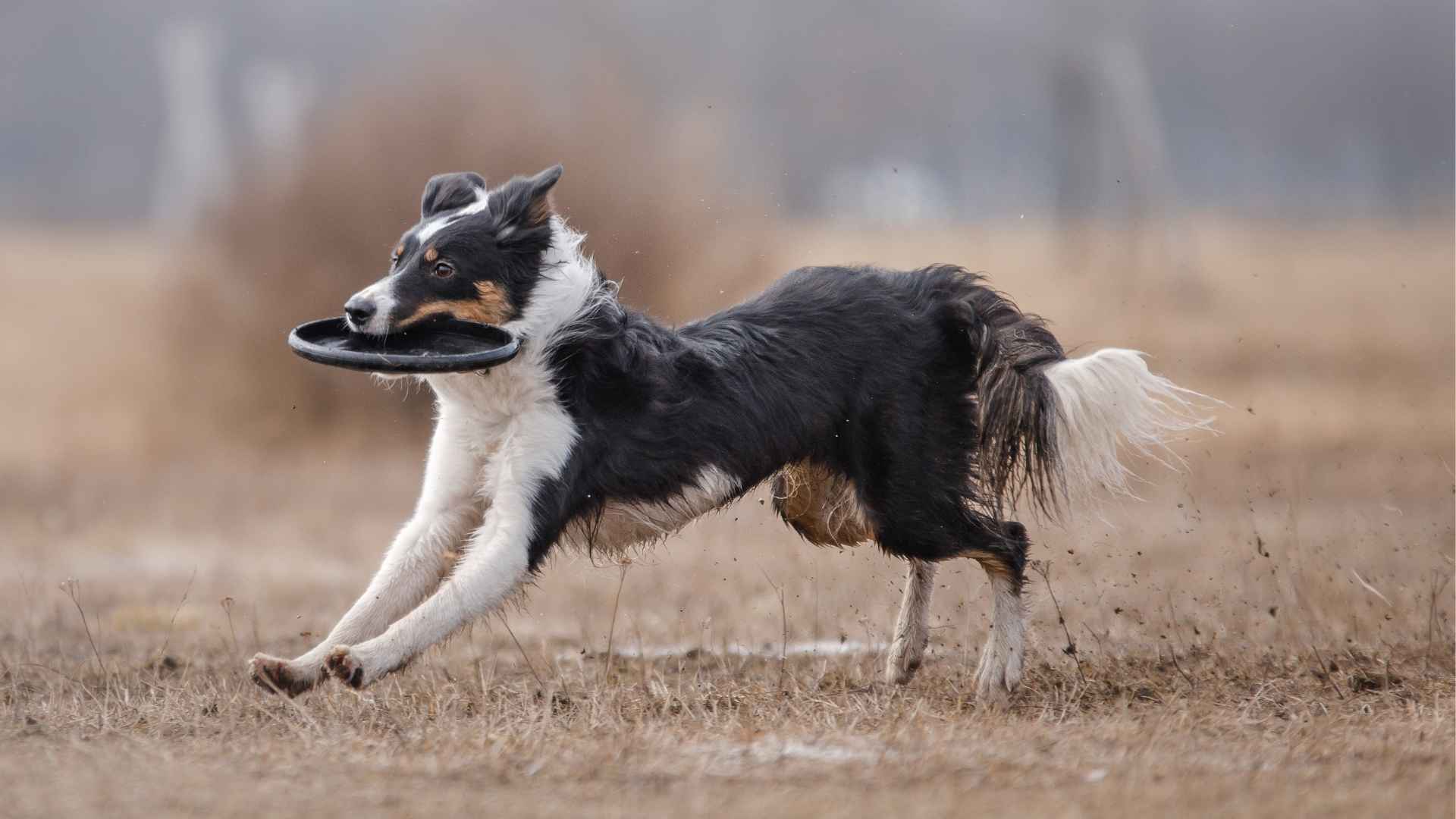Do you wake up ready to hit the trail, lace up your running shoes, or explore new parks every weekend? Then you need a furry companion who can match your energy level!
High-energy dog breeds aren’t just full of zoomies—they’re full of life, love, and an endless desire to be on the move. These are the dogs who thrive on adventure and need more than a stroll around the block to stay happy.
These active dogs are built for activity. But they’re not just physical dynamos—they’re mentally sharp, incredibly loyal, and often make the most rewarding companions for active individuals and families.
We’ll explore the most energetic dog breeds that are happiest when there’s something to chase, explore, or learn. If you’re ready for a dog who’s not afraid to run wild (and make your life wonderfully exhausting), keep reading!
High Energy Dog Breeds
1. Belgian Malinois
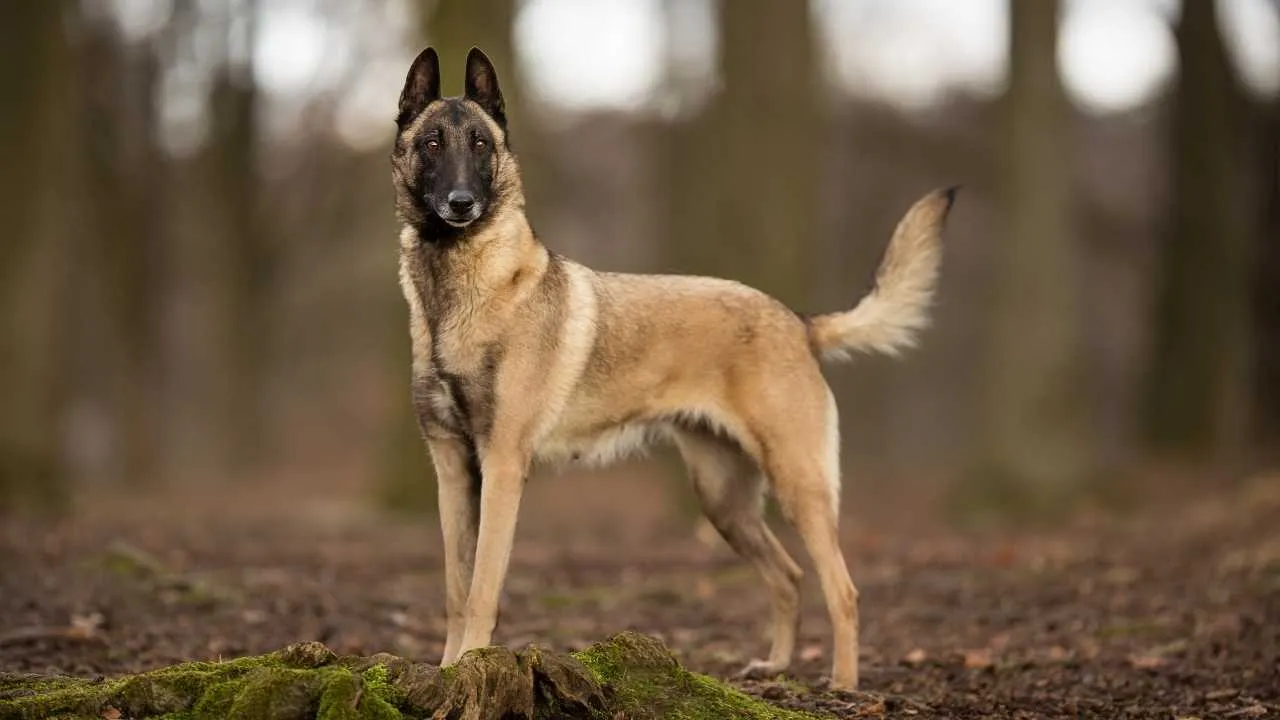
If dogs had a Special Forces unit, the Belgian Malinois would be leading it. These sleek, active dog breeds are the Navy SEALs of the dog world—used in police squads, military operations, and anything that requires brains, brawn, and boundless energy.
Need a running buddy for your 10K? They’re down. Want a large dog that can sniff out danger and your lost keys? Done. But be warned: this isn’t a Netflix-and-snuggle kind of pup. Unless your Netflix binge involves obstacle courses and tactical training.
Belgian Malinois are deeply loyal and develop strong, lasting bonds with their owners. They aren’t suited to being left alone in the backyard, as they need regular interaction and engagement with their human companions.
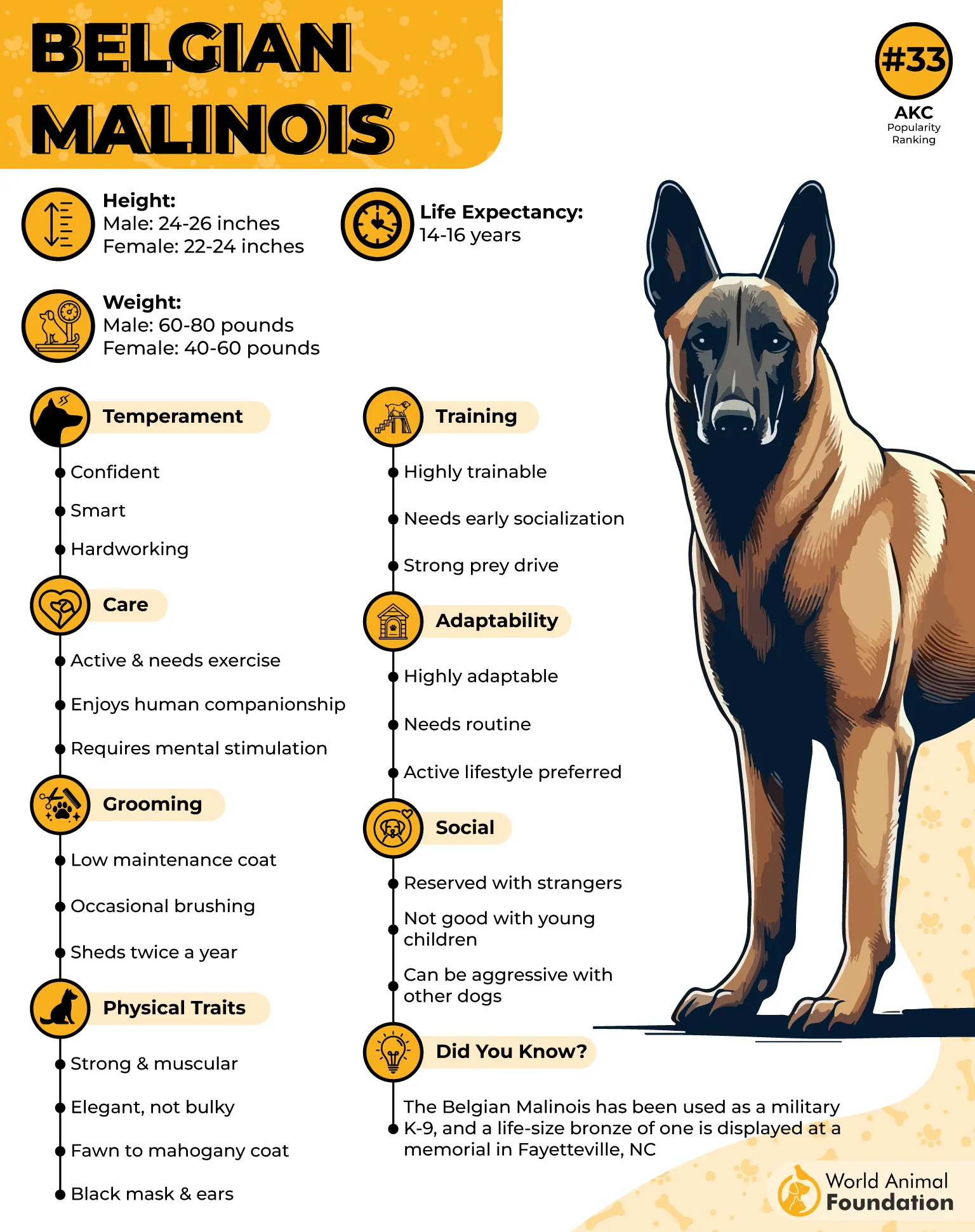
With intelligence that rivals some college grads and stamina that could shame a marathon runner, the Belgian Malinois thrives on challenge and structure. Without it, they’ll redecorate your home using couch fluff and drywall.
Belgians require consistent, long-term training and plenty of physical stimulation. Their high energy levels make them ideal companions for running, hiking, and biking. As per PetMD, they also perform exceptionally well in activities like agility, tracking, herding, and obedience competitions.
Not ideal for beginners or those who consider a long walk around the block as “exercise.” But if you live an active lifestyle and love a challenge, the Malinois might just be your perfect partner in crime-fighting—or at least in cardio.
2. Border Collie
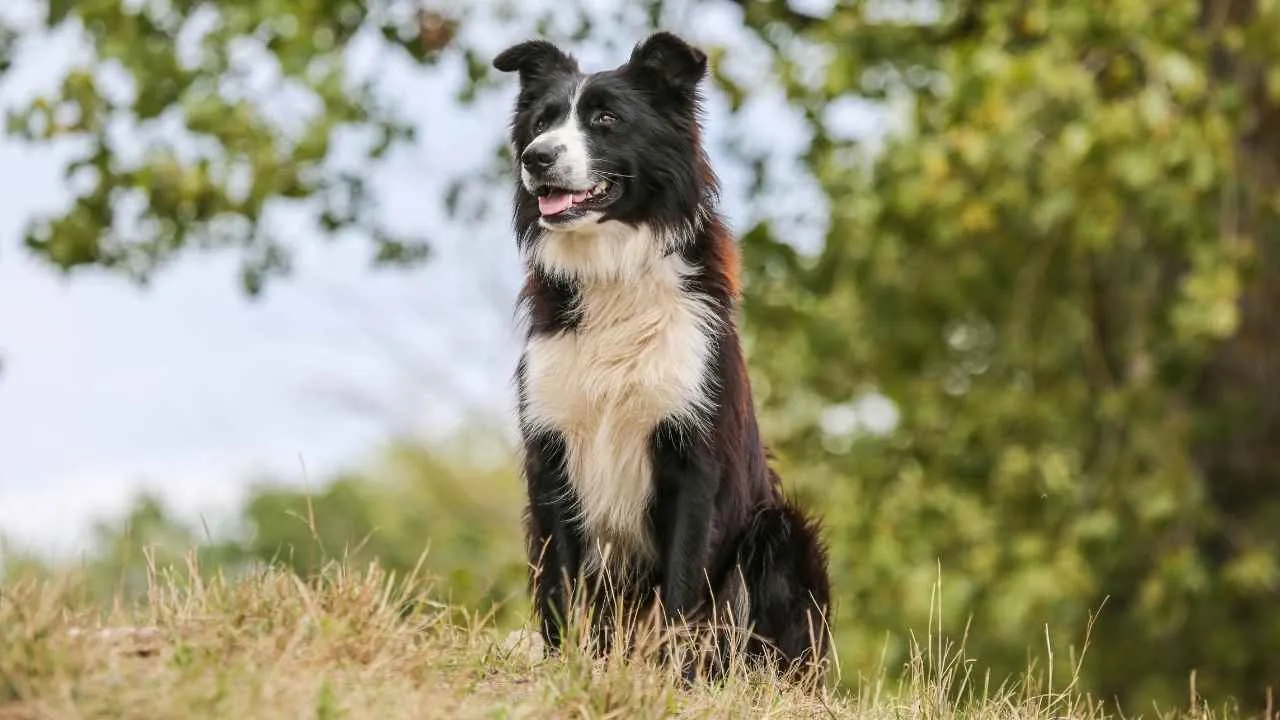
Now, meet the Border Collie, an active breed that could probably do your taxes if it had thumbs. Widely regarded as the highly intelligent dog breed on the planet, they have two modes: “working” and “working harder.”
Originally bred to herd sheep, these smart dogs don’t just chase—they strategize. They’re known for their laser-sharp focus, quick thinking, and an almost alarming ability to read your mind (or at least your next move). Don’t be surprised if your Collie starts herding your children, cats, or vacuum cleaner.
Border Collies are excellent companions for active individuals and families. They have a lively, energetic nature and enjoy staying active alongside both children and adults.
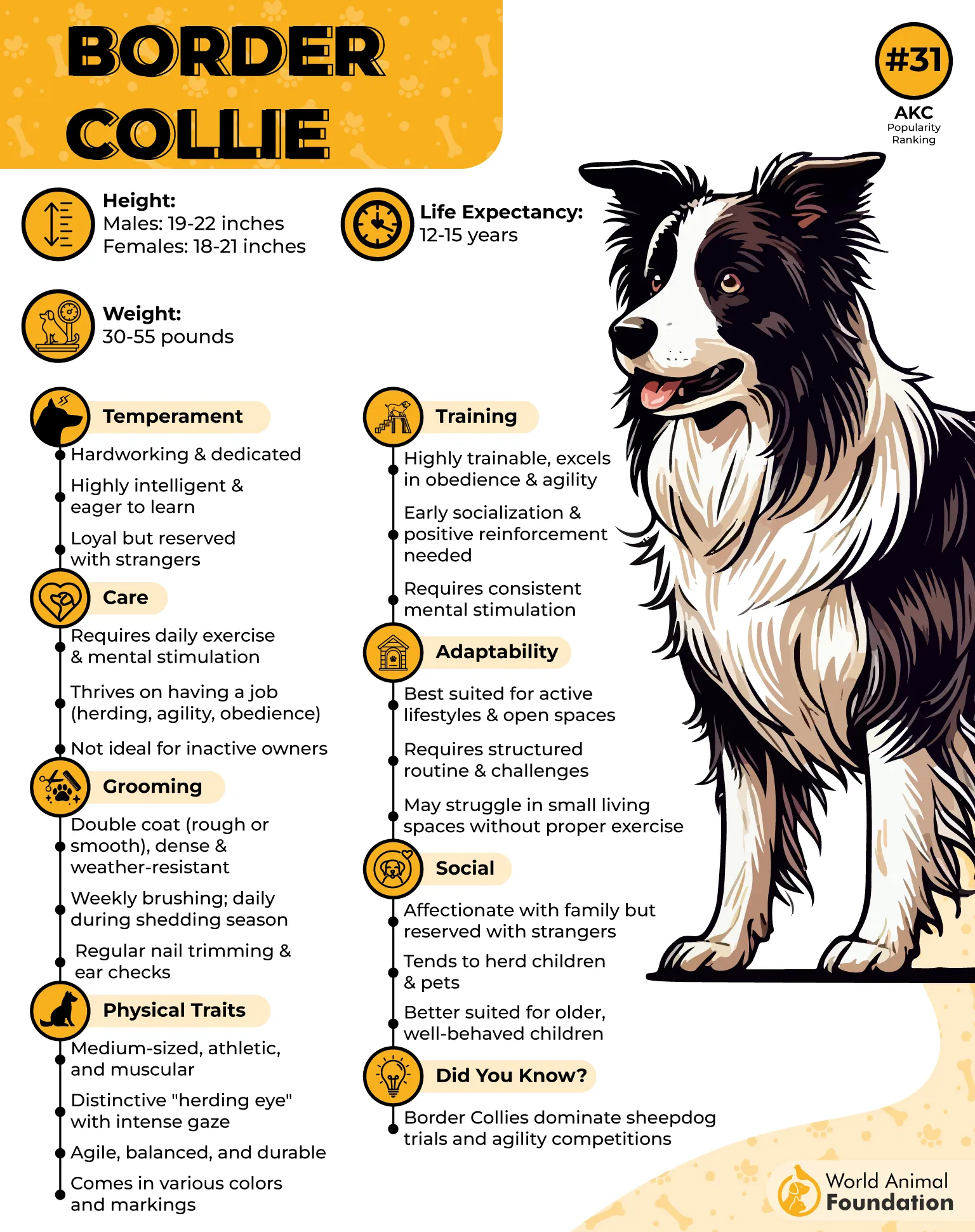
But that genius comes at a price—boredom is their arch-nemesis. Without enough physical exercise and mental stimulation, they’ll invent their entertainment, which might involve re-landscaping your backyard or alphabetizing your shoes.
Perfect for agility sports, flyball, or anything where they can outthink and outrun the competition, Border Collies are a bundle of brilliance wrapped in fur. Just make sure you’re up for the challenge—or they might start training you instead.
3. Dalmatian
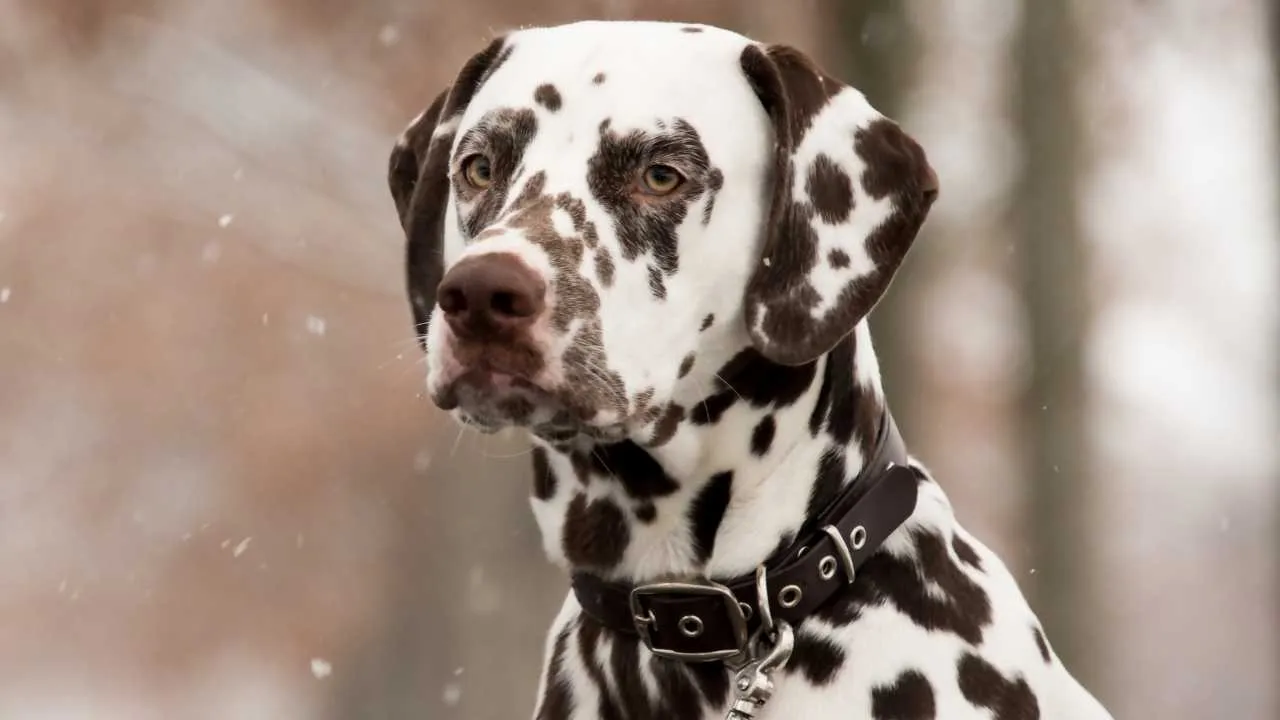
We all know them as the stylish stars of fire trucks and animated movies, but the Dalmatian is so much more than a pretty coat. They’re known to be one of the fastest dog breeds.
Back in the day, these high-energy breeds were known as “coach dogs”, trotting alongside horse-drawn carriages like furry personal trainers with spots. Their job? Keep pace, keep watch, and look fabulous doing it. Nowadays, Dalmatians can still be found participating in “road trials,” where they relive their horse-chasing glory days (minus the actual horses).
Dalmatians are medium-sized dogs, typically standing 19 to 24 inches tall at the shoulder and weighing between 45 to 70 pounds, with males generally being larger than females. They are affectionate and loyal with those they’re familiar with, but as adults, they can be reserved or indifferent around strangers.
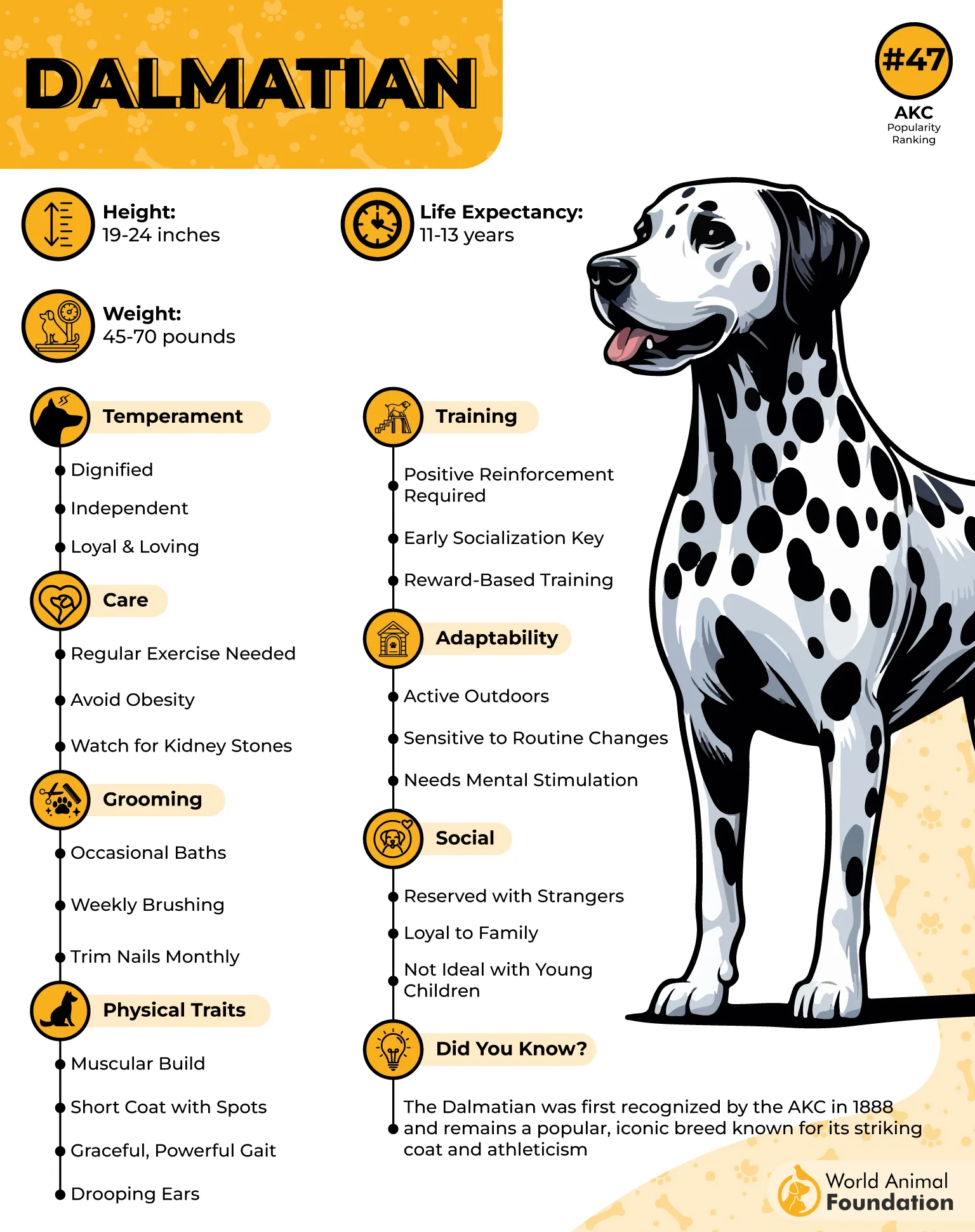
Dalmatians are highly energetic, incredibly loyal, and can cover more miles than your fitness tracker on a good day. Without enough activity, they’ll find ways to “decorate” your home in their own unique (destructive) style.
According to Wikipedia, while regular weekly grooming with a hound mitt or currycomb can help reduce the amount of shedding in Dalmatians, it won’t eliminate it. However, thanks to the low oil content in their coats, Dalmatians tend to have little to no dog odor and remain relatively clean compared to many other breeds.
Bonus tip: They might outlast you on a jog, but hey, at least you’ll both look great doing it.
4. Australian Cattle Dog
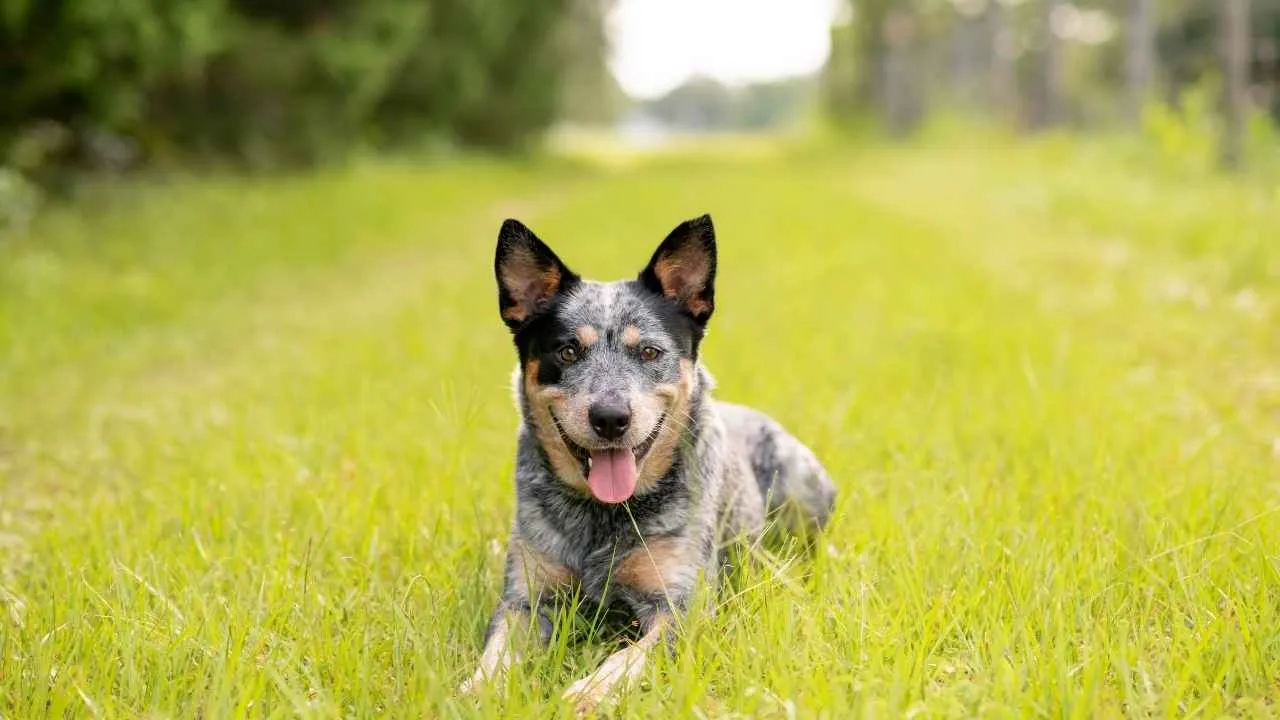
Meet the Australian Cattle Dog—a compact powerhouse bred to herd cattle across Australia’s rugged outback. You think your dog is fast? This one will chase a squirrel, organize a sheep convention, and ace a puzzle toy before breakfast.
They are commonly known as “Blue Heelers” or “Red Heelers” based on their coat color, which comes in two distinct variations: blue speckle and red speckle.
These pups are tough, smart, and have energy reserves that could power a small village. They shine in sports like agility, obedience, and anything else where speed and smarts collide.
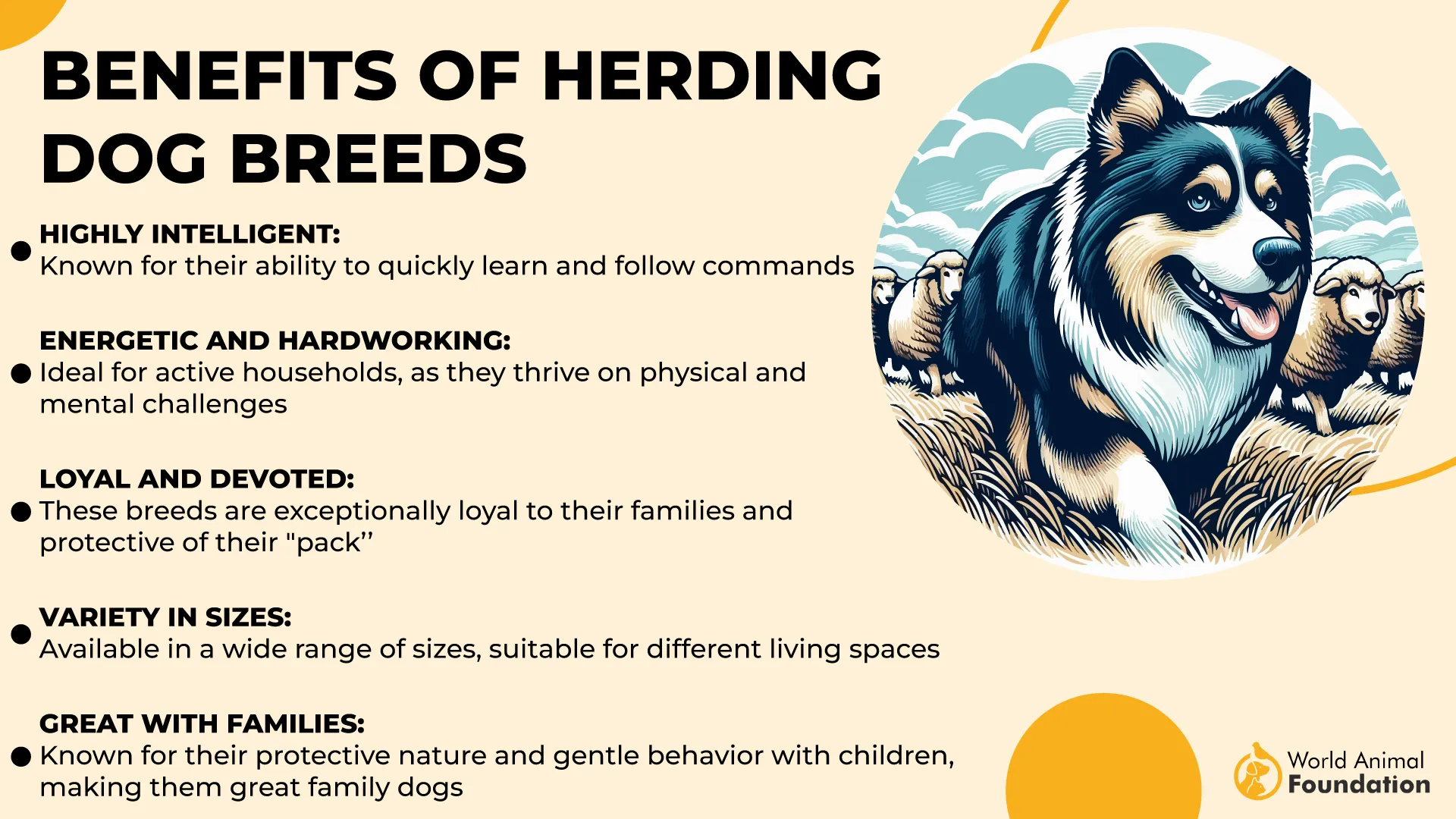
Australian dogs are deeply loyal to their owners and tend to form strong attachments, often bonding closely with one person. They can become distressed if separated from that individual.
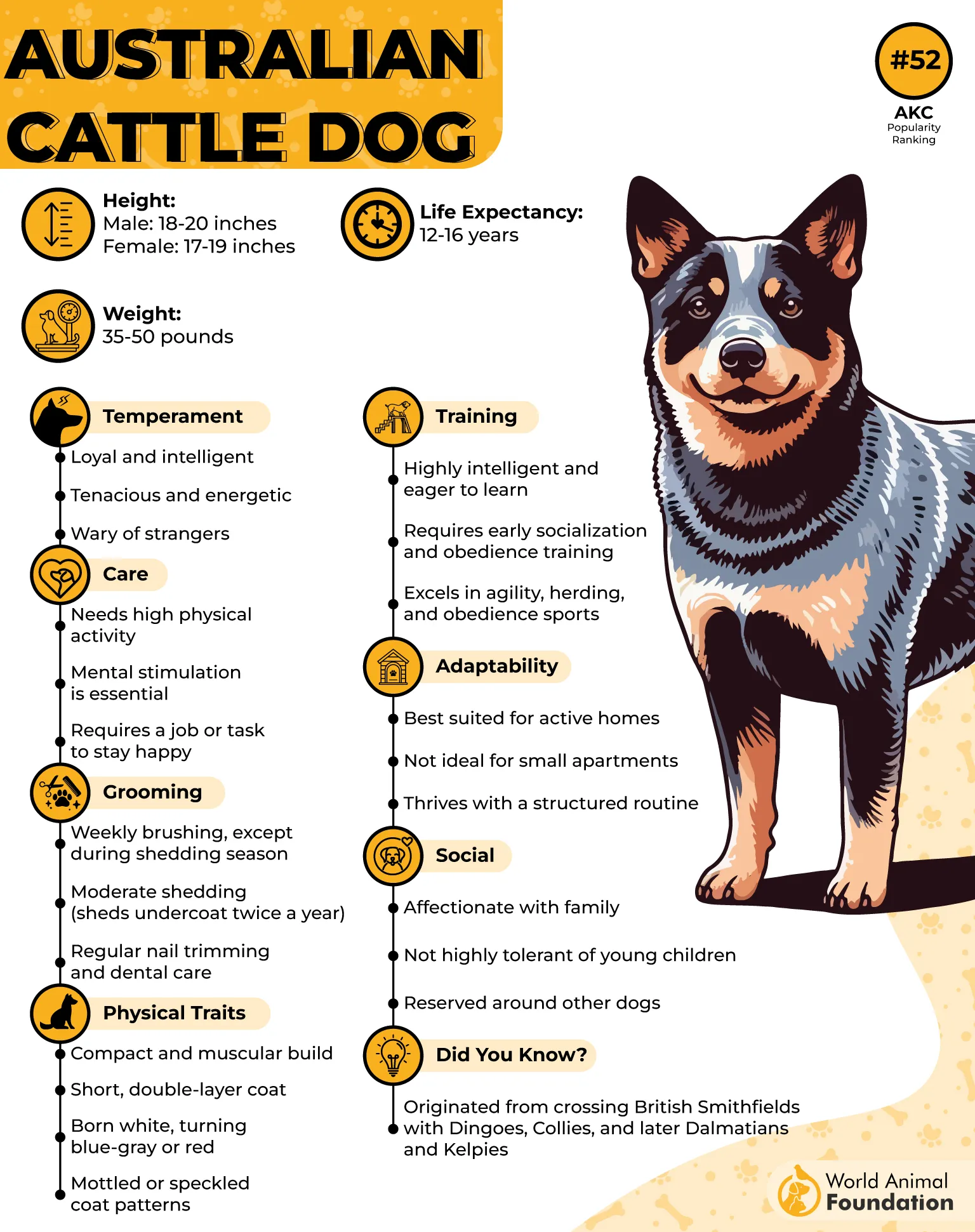
But here’s the catch: they’re not couch potatoes. The only time they’ll sit still is to judge your lack of productivity. They crave routine, mental challenges, and a daily workout that would make CrossFit cry.
Australian dogs can exhibit “mouthy” behavior, often nipping or biting, but with proper training and socialization, this tendency can be managed and redirected.
Ideal for owners who love structure, stamina, and a dog that might be smarter than them. Just don’t expect to outwit them—they’re already three steps ahead. They are not ideal for apartment living or homes with limited space, as they need plenty of room to run and stay active.
5. Weimaraner
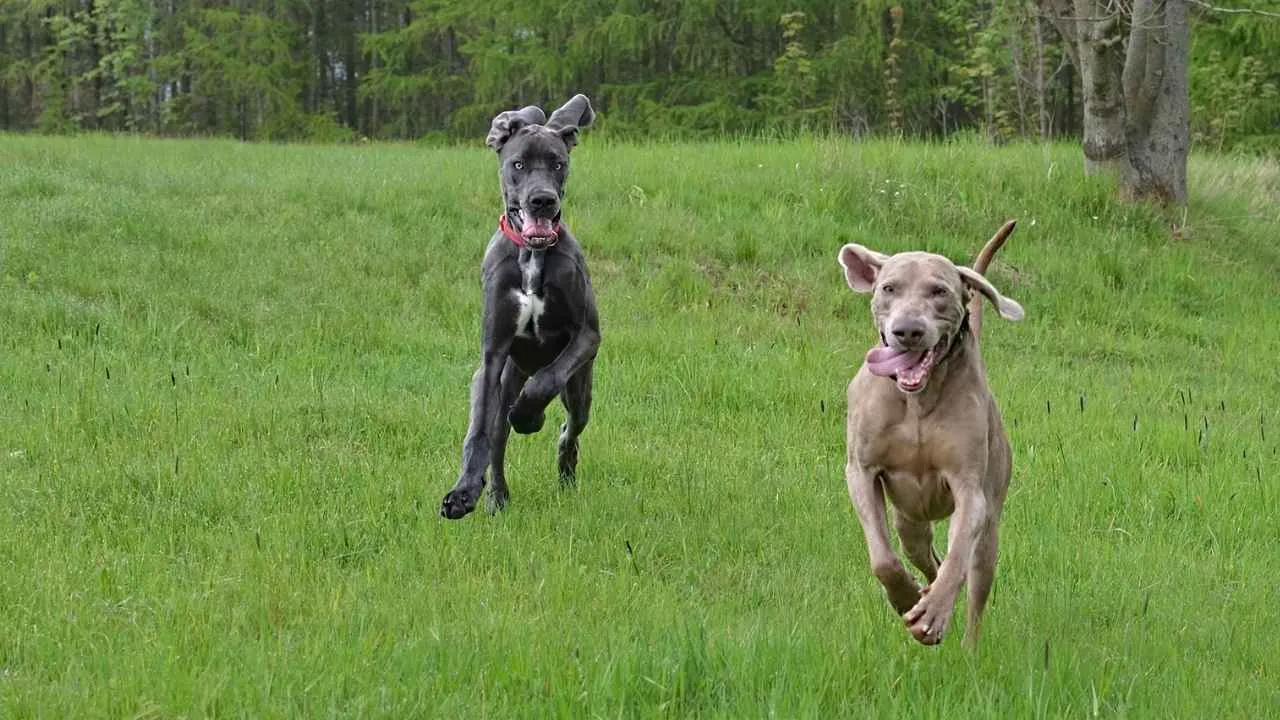
Elegant, athletic, and slightly dramatic—the Weimaraner is like the supermodel of the dog world, but with the soul of a track star.
Originally bred to accompany nobility on hunting trips, Weimaraners are fast, focused, and always on the move. Whether it’s tracking, running, hiking, or showing off in agility courses, these dogs need constant physical and mental action.
A well-bred Weimaraner has a solid blue-gray or silver-gray coat, often with a small white spot on the chest. Their face features long, floppy, velvety ears and amber or blue-gray eyes. With their long legs and snout, they can easily reach kitchen countertops, so be mindful to prevent them from sneaking food.
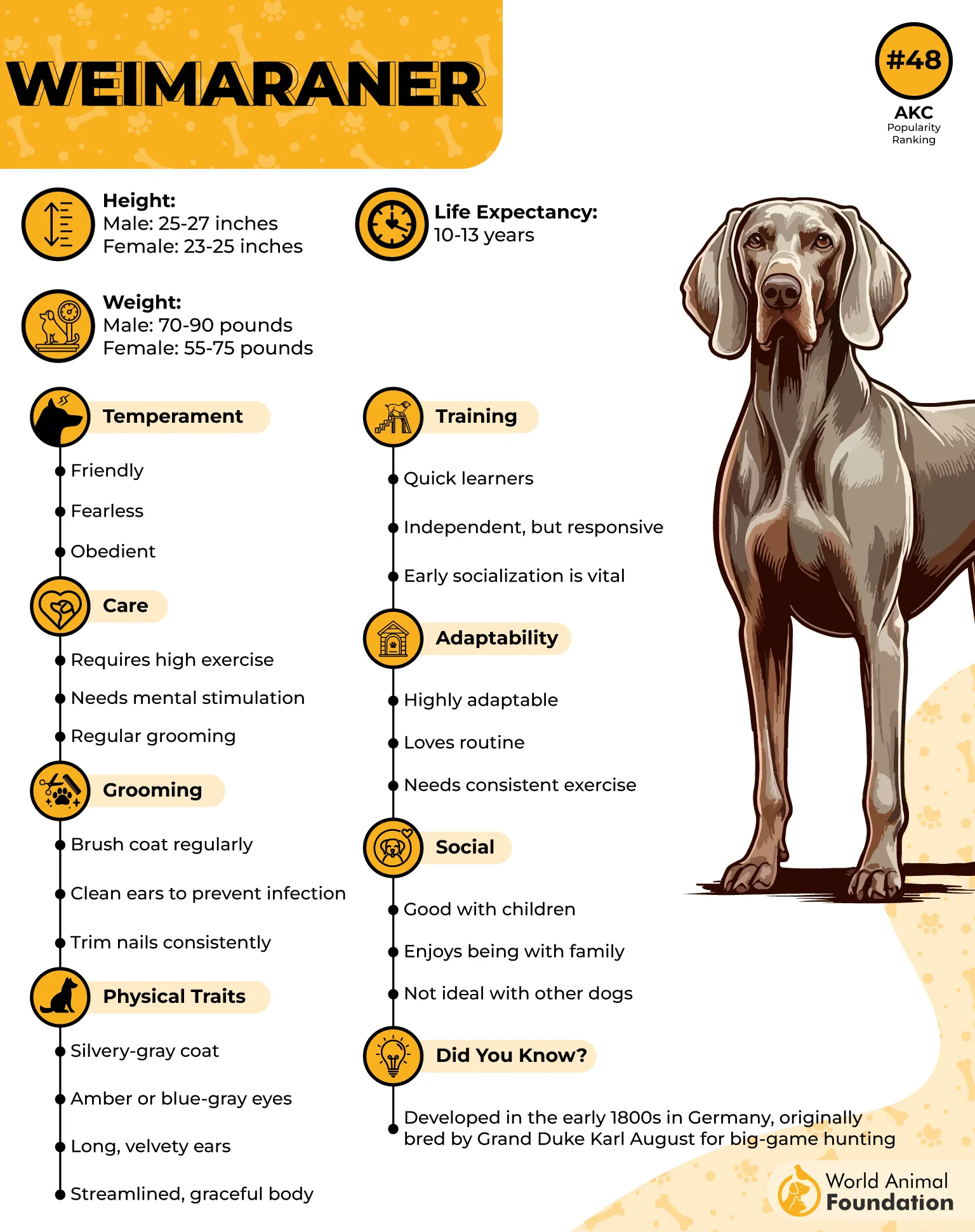
These friendly dogs form strong bonds with their humans (read: may follow you into the bathroom), and can be a bit intense for more chill households. Think of them as your beautiful, loyal stalker with a love for cardio.
Weimaraners are affectionate and highly trainable, making them great family pets. However, due to their hunting instincts, they may not be suitable for homes with smaller pets like cats or small mammals, as they might see them as prey to chase.
The Weimaraner has a short, sleek, and smooth coat that doesn’t require much grooming. However, they do shed moderately. Without enough stimulation, a bored Weimaraner can turn into a furry tornado of chaos—one with impressive furniture-destroying skills.
6. Australian Shepherd
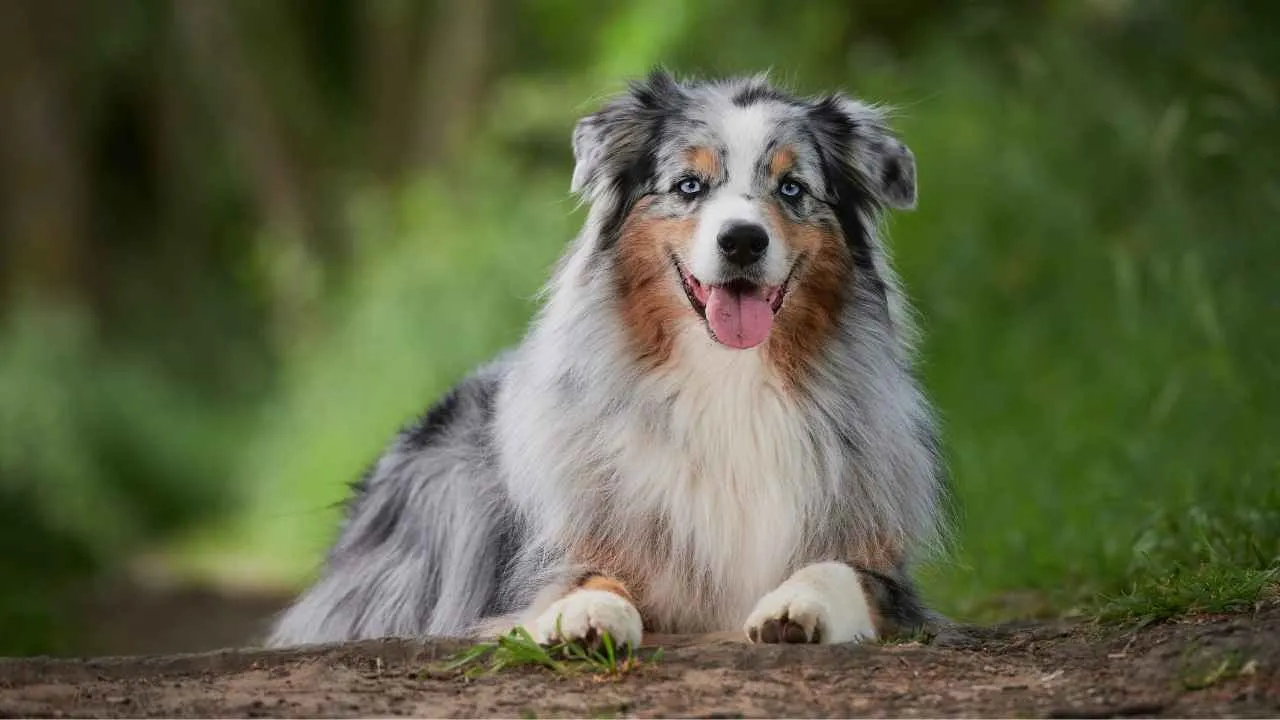
Despite the name, the Australian Shepherd is an all-American cowboy at heart (yeah, we know—plot twist). Bred to herd livestock across wide-open ranches, this dog doesn’t just like to work—it lives for it.
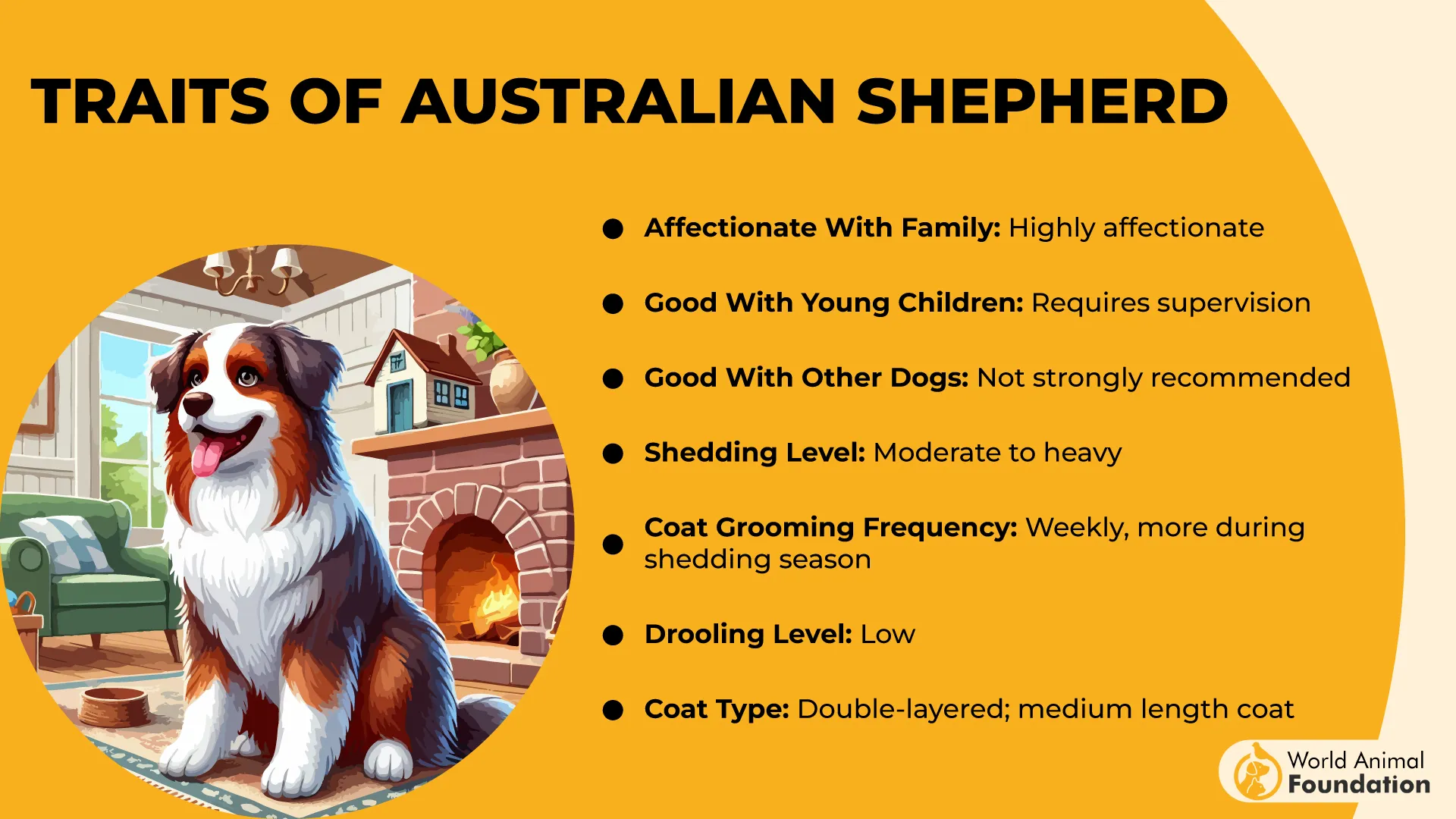
Australian Shepherds are active, medium-sized dogs with a muscular and agile build, thanks to their natural herding instincts. They typically stand between 18 to 24 inches tall and weigh between 40 to 65 pounds when fully grown, with males generally being larger than females.
Australian Shepherds are loyal, incredibly smart dogs with a strong sense of character. While many are friendly, some may be reserved around new people. However, with a proper introduction, they typically warm up and become more accepting.
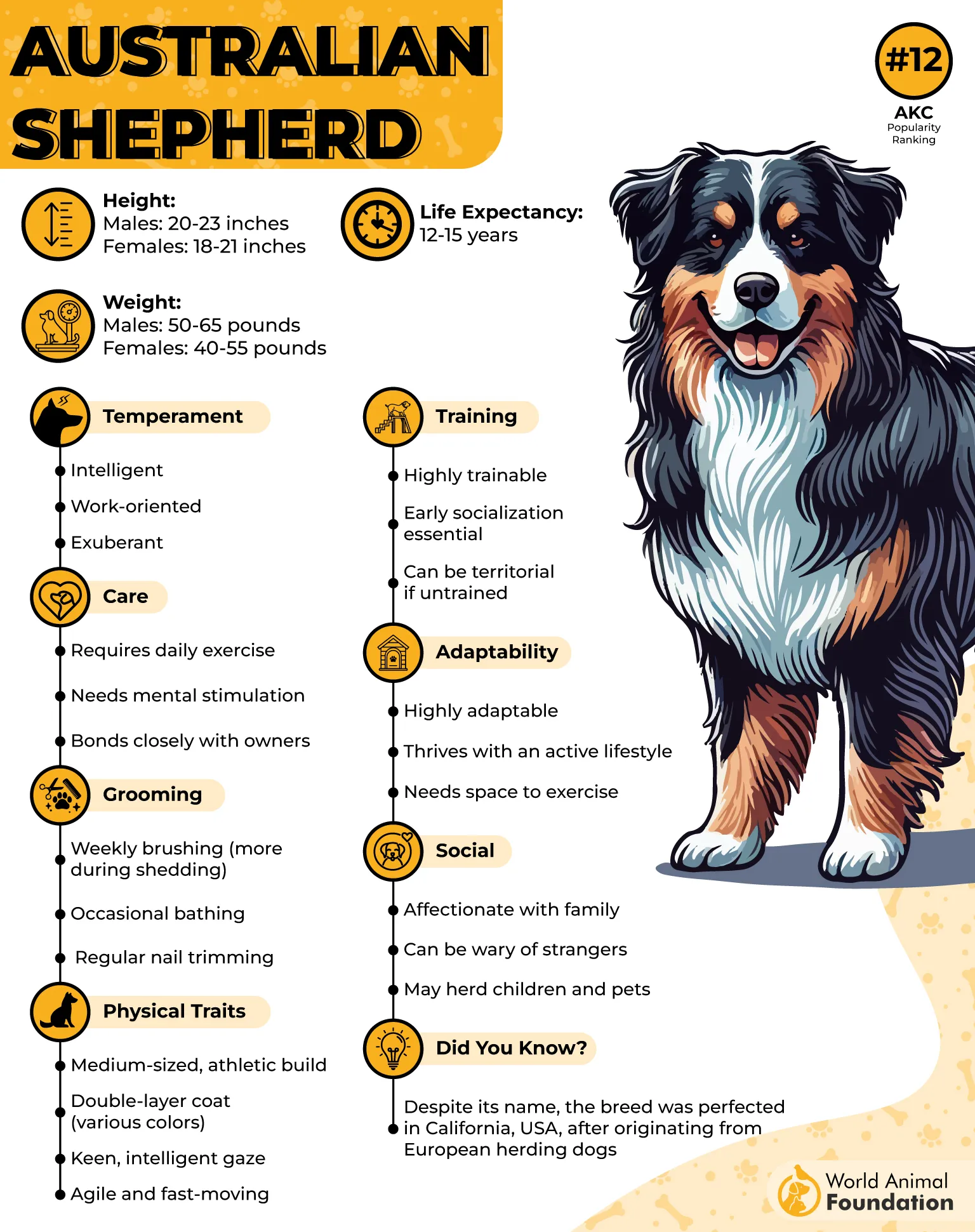
Aussies are driven and born multitaskers. Think of them as the dog version of a caffeine-fueled project manager—herding kids, chasing balls, and learning complex tricks all before lunchtime. If you give them a job, they’ll love you forever. If you don’t… well, let’s just say your shoes, furniture, and sanity may not survive.
Agility? They crush it. Herding trials? Bring it on. TikTok obedience routines? Done by breakfast.
Just be ready to keep up. These dogs don’t believe in weekends, and your “rest day” is just their “train harder” day.
Purina says, for the right owner, an Australian Shepherd can be the perfect dog. However, like many working breeds, they can become a challenge to live with if they’re not properly stimulated, as a bored Aussie can lead to destructive behavior.
7. Boxer
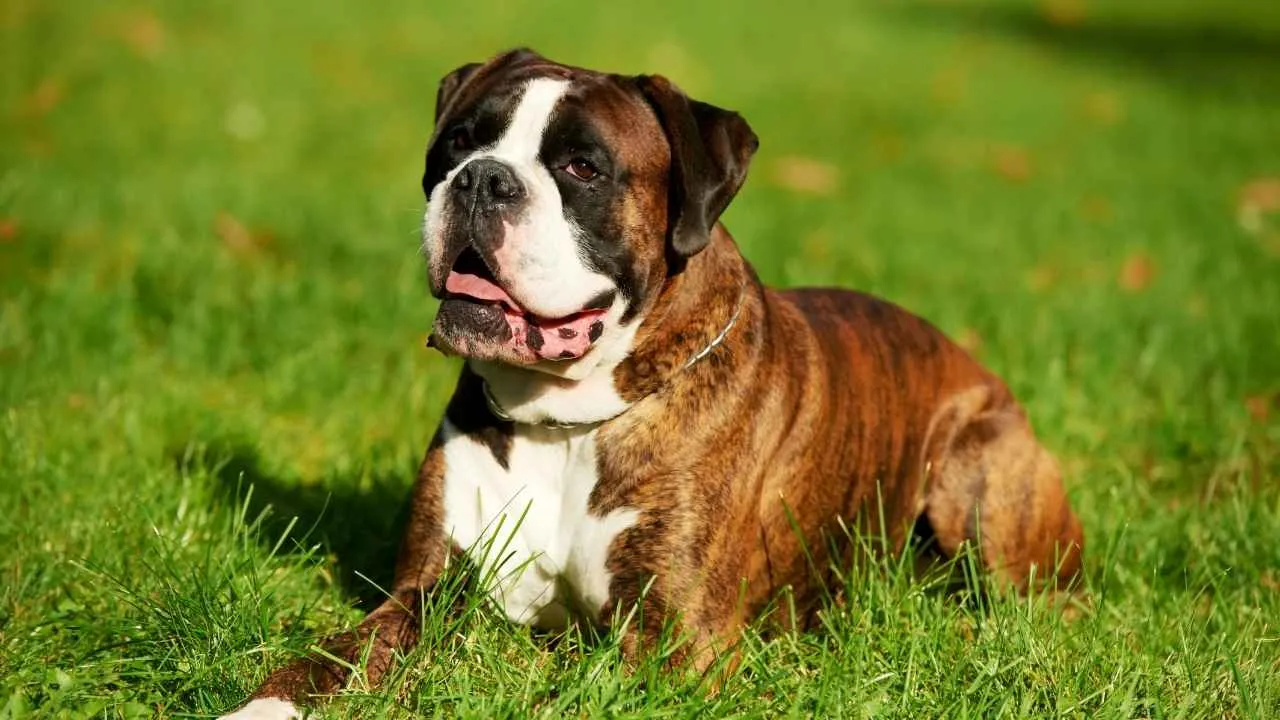
Boxers are like the gym bros of the dog world—muscular, goofy, and always ready to play. With their expressive faces, endless enthusiasm, and love of all things silly, Boxers bring the energy and the entertainment.
Originally bred as service dogs and guard dogs, today’s Boxers still carry that athleticism and alertness, along with a serious case of the zoomies. They love to run, jump, and tackle life head-on (sometimes literally).
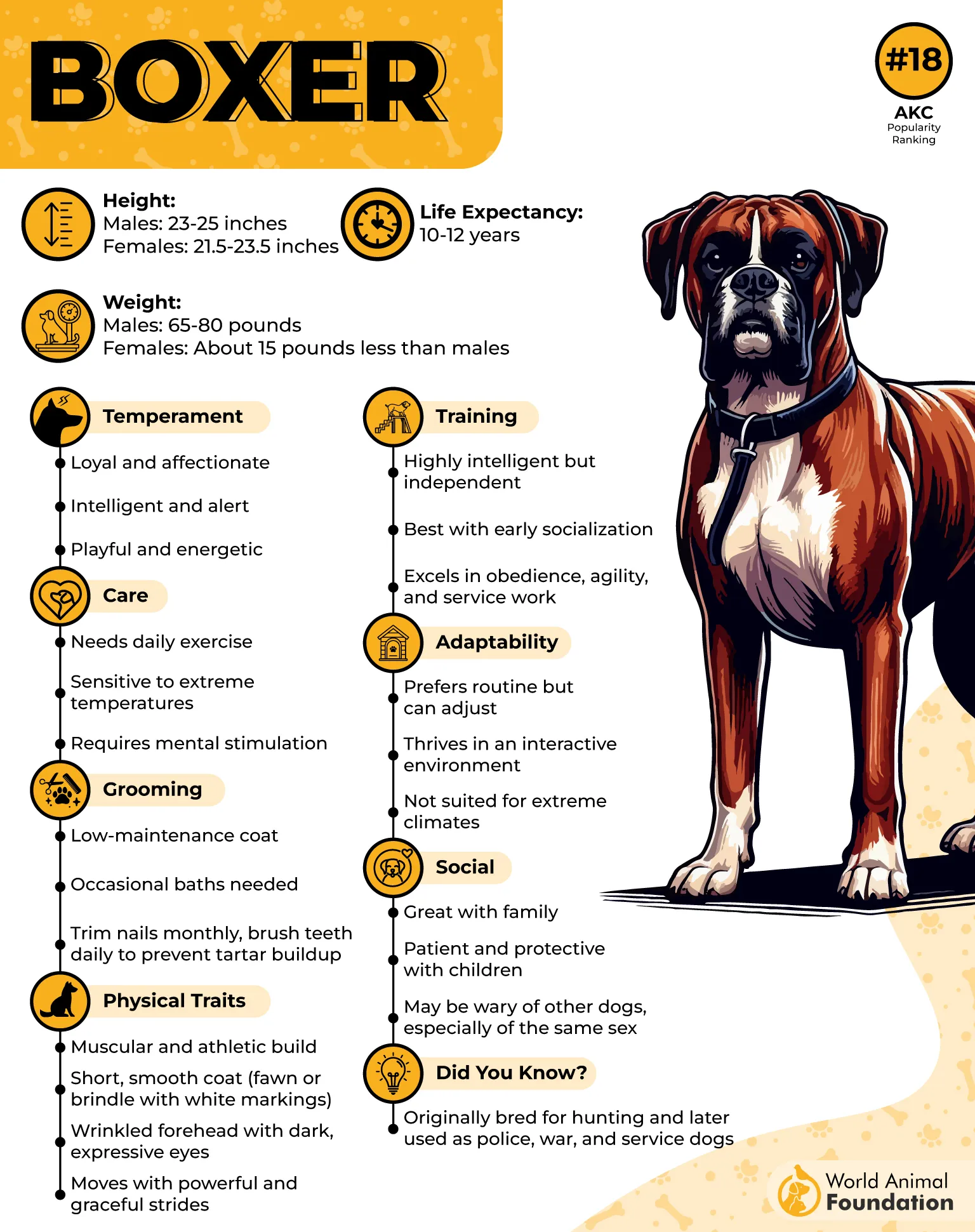
This lively and affectionate breed is a fantastic family companion, especially because of their love for children. They’re relatively low-maintenance when it comes to grooming, although some can be quite the drool machines. Also, they tend to greet people with enthusiastic jumps, so proper training is a must.
Boxers are great family dogs too—loyal, protective, and often convinced they’re lap-sized (spoiler: they are not). But their energy level? Off the charts. They need enough exercise, fun challenges, and someone who appreciates their inner goofball.
PDSA notes that boxers are likely to make noise, with the amount of barking depending on their training and personality. As natural guard dogs, they tend to bark to alert their owners of any activity or movement around the home.
If you can handle a dog that’s equal parts bodybuilder and stand-up comedian, the Boxer’s your guy.
Conclusion
High-energy dog breeds are the perfect match for an active person or family that enjoys spending time outdoors and living an active lifestyle. Breeds such as the Jack Russell Terrier, Siberian Husky, Labrador Retriever, German Shorthaired Pointer, Pit Bull Terrier, Doberman Pinscher, and Miniature Schnauzer are known for their need for daily exercise, mental stimulation, and playtime. These hard-working and sometimes stubborn canines thrive when given a job to do—be it fetch, agility, or other dog sports.
Dog ownership of a high-energy breed is rewarding but requires commitment, consistency in training, and plenty of activity to prevent behavioral issues. These active dogs tend to be affectionate, loyal animals that make a great choice for those with the time and energy to devote to them.
Their typically short coats are easy to manage, but their hyperactive nature means they’re rarely calm unless properly exercised. If you’re looking for the right fit and live in a house with space or access to the outdoors, a high-energy breed can be a good choice. These canines are more than just pets—they’re companions who are always ready for the next adventure.


